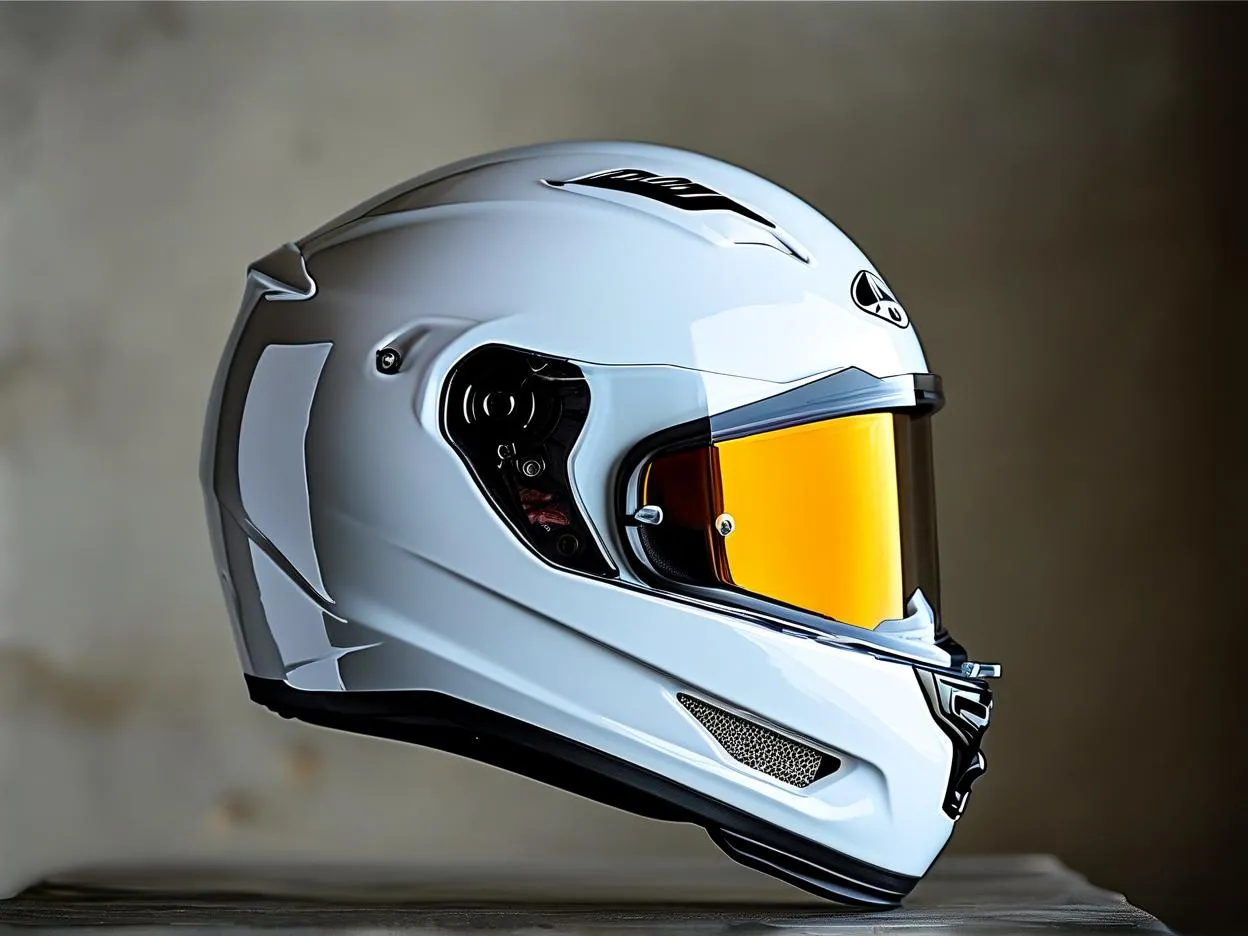Selecting the right motorcycle helmet isn’t just about style—it’s a critical decision impacting safety, comfort, and performance. For riders prioritizing visibility and modern aesthetics, a white full face helmet offers high contrast for daytime riding while maintaining a sleek look. But with countless options claiming to be “lightweight” or “safety-certified,” how do you cut through the noise? Let’s break down the key factors every rider should prioritize in 2025.
Safety Certification: Your Non-Negotiable Starting Point
Always verify that your helmet meets at least one of these certifications:
– DOT (FMVSS No. 218): U.S. standard focusing on impact absorption and penetration resistance.
– ECE 22.06: Updated European standard requiring rigorous testing for rotational forces and peripheral vision.
– SNELL M2025: The gold standard for racing helmets, updated every five years (2025 certification includes enhanced energy management tests).
A study by the Insurance Institute for Highway Safety (IIHS) found helmets meeting multiple certifications reduced severe head injury risks by 64% compared to uncertified models. Always check for certification labels inside the helmet or manufacturer documentation.
Balancing Weight and Protection: Materials Matter
Modern materials allow helmets to be both lightweight and protective:
– Polycarbonate: Affordable and durable (~3.0–3.5 lbs), ideal for daily commuting.
– Carbon Fiber/Kevlar Composites: Premium option (~2.4–2.8 lbs) offering superior impact resistance without bulk.
– Multi-Density EPS Liners: Look for dual-layer liners (varies by brand) to optimize crash energy dispersion.
Avoid ultra-lightweight models under 2.2 lbs unless they explicitly confirm certification compliance—some cut corners on liner density to reduce weight, compromising safety.
Fit First: Why One Size Doesn’t Protect All
A poorly fitted helmet can reduce protection by up to 40%, according to FIM racing safety reports. Follow these steps:
1. Measure your head circumference at its widest point (usually 1” above eyebrows).
2. Use brand-specific sizing charts—Shell shapes vary (e.g., Arai’s “Round Oval” vs. Shoei’s “Intermediate Oval”).
3. Test fit: Cheeks should feel snug but not compressed; no pressure points after 15 minutes of wear.
Pro tip: Opt for helmets with adjustable cheek pads (like AGV K6) if you’re between sizes.
Visibility Enhancements for White Helmets
White helmets reflect up to 70% more light than dark colors in daytime conditions (NHTSA data), but maximize visibility with:
– Anti-Fog Pinlock Inserts: Mandatory for riders in humid climates—prevents lens fogging at stops.
– Photochromic Shields: Transitions from clear to tinted in sunlight (e.g., Bell Pro Vision).
– Emergency Release Systems: Allows quick face shield removal post-accident (common in HJC RPHA series).
Noise Reduction & Ventilation: Long-Ride Essentials
A noisy helmet distracts riders and accelerates fatigue. Prioritize:
– Neck Roll Design: Sculpted neck padding reduces wind roar (tested in Shoei X-SPR PRO).
– Adjustable Ventilation: At least four intake/exhaust vents (see Scorpion EXO-R1 Air).
Field tests by RevZilla show well-ventilated helmets lower internal temperatures by 10–15°F in summer versus sealed models.
The Budget Sweet Spot: $250–$600 Range
Our analysis of 2025 models reveals the best value tiers:
1. Entry-Level ($250–$350): LS2 Stream Evo (dual ECE/DOT, integrated sun visor).
2. Mid-Range ($400–$550): Nolan N70-2 X (multi-density EPS, emergency release).
3. Premium ($600+): Schuberth C5 Pro (aerodynamic carbon shell, RFID-ready comms).
Avoid sub-$200 helmets unless verified for certifications—counterfeit labels remain an industry issue.
Final Checklist Before Purchase
- Verify certification labels match manufacturer claims using official databases like NHTSA’s DOT lookup tool.
- Test the retention system: D-ring clasps offer more secure fitment than micro-metric buckles for high-speed riding.
- Check retailer reputation: Authorized dealers like Cycle Gear provide warranty support; avoid third-party Amazon sellers without brand authorization.
By prioritizing certified protection, ergonomic fit, and rider-specific features, you’ll find a white full face helmet that blends safety with everyday practicality—proving you don’t need to sacrifice style for substance on the road.




Leave a Reply